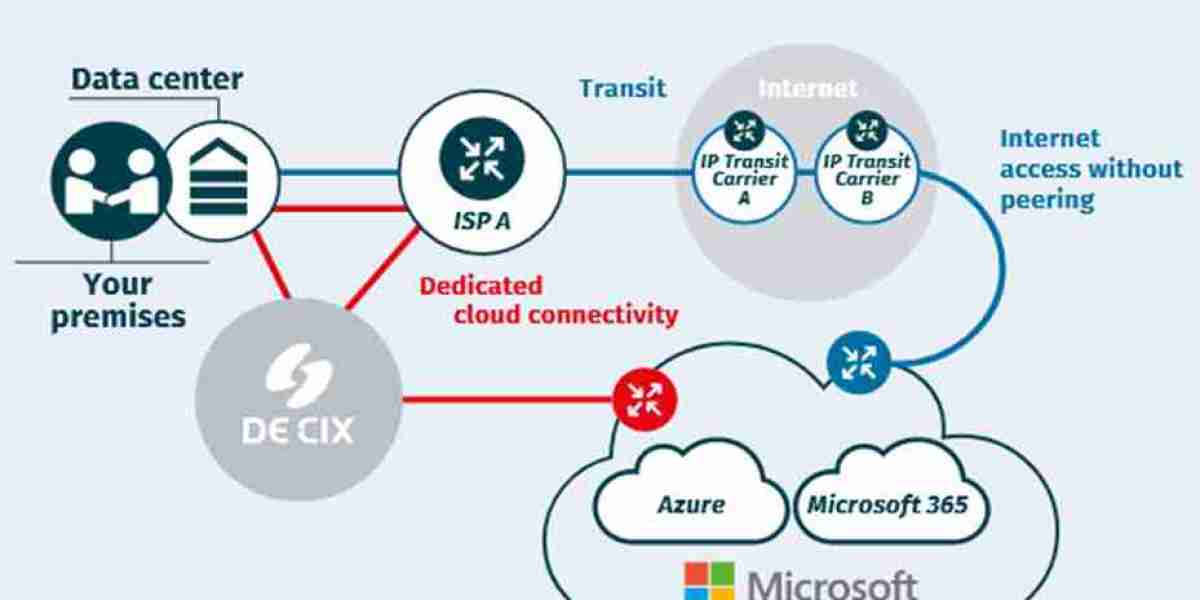Optimizing cloud performance is crucial for businesses aiming to deliver seamless and efficient services. One effective strategy to enhance network performance is leveraging Microsoft's Azure Peering Service. This article delves into the role of Azure Peering in network optimization and how it collaborates with service providers to offer private interconnect services.
Understanding Azure Peering Service
Azure Peering Service is a networking service that enhances the connection between a customer's network and Microsoft's cloud services. By partnering with various service providers, Azure Peering offers a direct and optimized route to Microsoft's network, reducing latency and improving reliability. This service is particularly beneficial for accessing Microsoft 365, Dynamics 365, and other SaaS applications, ensuring a consistent and high-quality user experience.
Benefits of Azure Peering Service
1. Improved Performance: By establishing a direct connection through a Microsoft Azure Peering Service provider, businesses can achieve lower latency and higher throughput compared to standard internet connections. This direct path minimizes the number of hops data must traverse, resulting in faster and more reliable access to cloud services.
2. Enhanced Security: Utilizing private interconnect services reduces exposure to potential threats inherent in public internet pathways. This setup ensures that data travels through a controlled and secure route, mitigating risks associated with data breaches and cyber-attacks.
3. Consistent User Experience: Azure Peering Service provides a stable and predictable network performance, which is essential for applications that require real-time data processing and communication, such as video conferencing and collaborative platforms.
Role of Service Providers in Azure Peering
Service providers play a pivotal role in the Azure Peering ecosystem. They facilitate the private interconnect services that link a customer's network directly to Microsoft's infrastructure. By collaborating with these providers, businesses can establish a more efficient and secure connection to Azure services. This partnership not only enhances performance but also simplifies network management by reducing the complexity associated with multiple transit providers.
Implementing Azure Peering for Network Optimization
To effectively implement Azure Peering Service, businesses should consider the following steps:
1. Assess Network Requirements: Evaluate the specific needs of your applications and services to determine the potential benefits of Azure Peering. Applications sensitive to latency or requiring high bandwidth are prime candidates.
2. Select a Qualified Service Provider: Partner with a Microsoft Azure Peering Service provider that offers private interconnect services aligned with your geographic location and performance requirements.
3. Configure Network Settings: Work with your chosen provider to set up the peering connection, ensuring proper routing and redundancy configurations to maintain high availability.
4. Monitor and Optimize: Continuously monitor network performance metrics to identify areas for improvement and adjust configurations as necessary to maintain optimal performance.
Future Trends in Cloud Connectivity
The landscape of cloud connectivity is evolving, with innovations aimed at further enhancing performance and security. Emerging trends include the integration of artificial intelligence for predictive network management, increased adoption of software-defined networking (SDN) for greater flexibility, and the expansion of edge computing to bring services closer to end-users. Staying abreast of these developments will enable businesses to leverage new technologies for improved cloud performance.
Lastly, Microsoft Azure Peering Service, in collaboration with service providers offering private interconnect services, plays a crucial role in optimizing network performance. By reducing latency, enhancing security, and providing a consistent user experience, Azure Peering enables businesses to maximize the benefits of their cloud investments. As cloud technologies continue to advance, adopting such services will be instrumental in maintaining a competitive edge in the digital marketplace.





